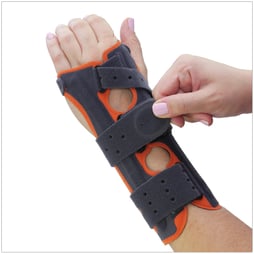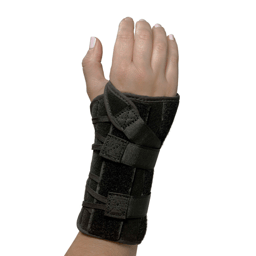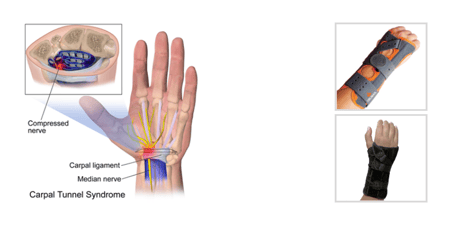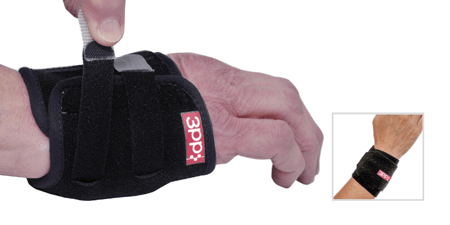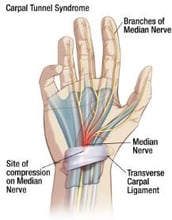
At any one point in time, Carpal Tunnel Syndrome (CTS) affects 3% of the entire population. This figure does not include the individuals who have had CTS in the past and those who will get it in the future. Needless to say, CTS is common and impacts hand function for many individuals. As we know, the carpal tunnel contains the flexor tendons and the median nerve. Of note is the fact that upon finger flexion, there is incursion of the lumbricals in the carpal tunnel and they have been found to have an impact on CTS.
Wrist Anatomy
When the fingers are in extension, the lumbrical muscles are distal to the carpal tunnel. When the fingers are actively flexed, there is incursion of lumbricals into the carpal tunnel with the other tunnel contents. A study in cadaver hands has shown that this incursion can result in elevation of carpal tunnel pressure and could be a variable in work-related CTS.
Clinical Signs
The Berger test or closed fist test can provide some information on the role of the lumbricals related to CTS symptoms. To perform this test, have the individual hold a full fist for 30 to 60 seconds while keeping the wrist in neutral. This position will cause the lumbricals to enter the carpal tunnel and is positive when symptoms of paresthesia occurs. The closed fist test has been found to be highly specific, meaning it is able to rule out individuals who do not have lumbricals contributing to carpal tunnel symptoms.
Treatment of Carpal Tunnel Syndrome
Especially in individuals who perform repetitive or resistive fisting or who have well developed lumbricals, it is important to consider these muscles in the conservative treatment of CTS. Lumbrical stretching should be performed with the metacarpal phalangeal (MCP) joints in maximal extension and active flexion of the interphalangeal joints. A randomized controlled trial has found these exercises in combination with other typical conservative CTS treatment measures to be more effective in treating functional concerns than the typical conservative CTS treatment measures alone.
The use of an orthosis for nighttime wear has found to be more efficacious in reducing CTS symptoms than day time use only. In addition, consideration should be given to orthoses that limit MCP joint flexion to decrease the incursion of the lumbricals into the carpal tunnel and therefore assist with decreasing pressure on the median nerve. The Fix Comfort Wrist Brace and 3pp Choice Wrist Brace position the wrist in neutral during sleep.
Blog References: For more information on this topic, click to see the references for this blog post


